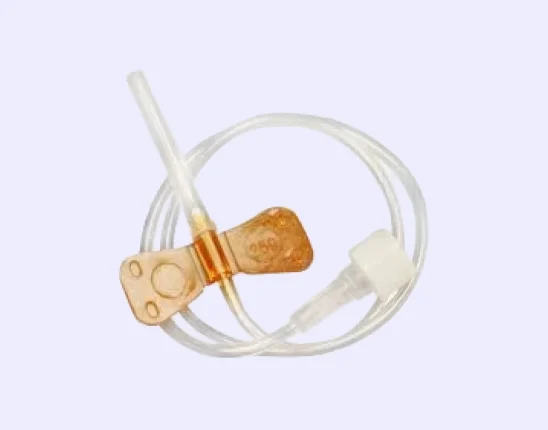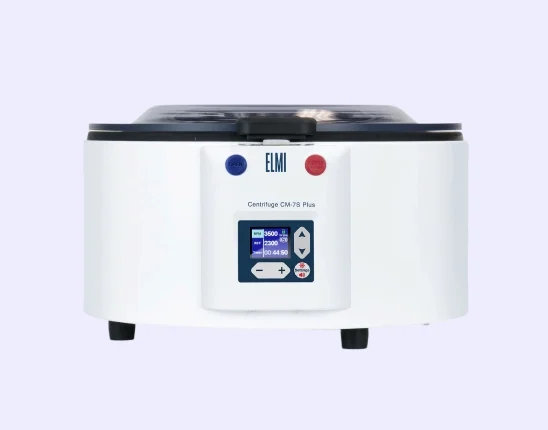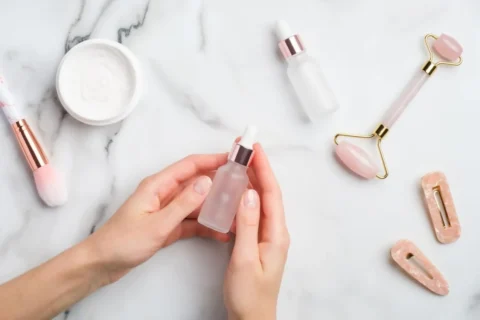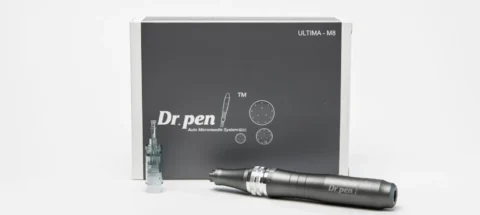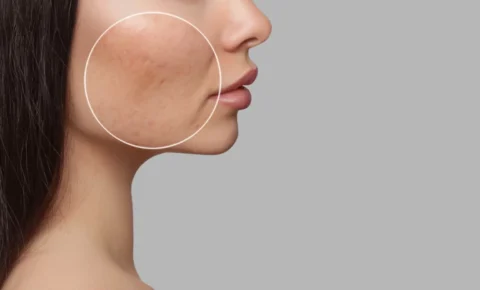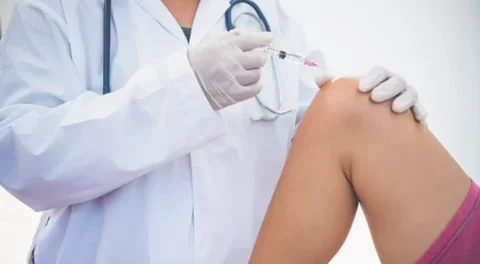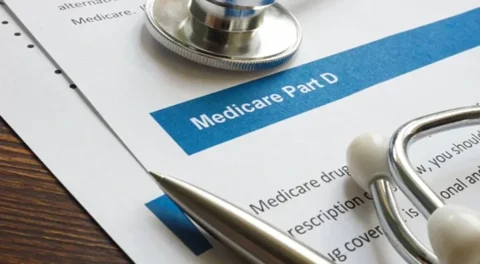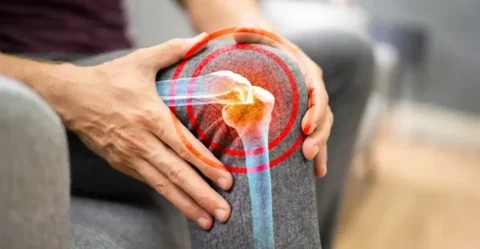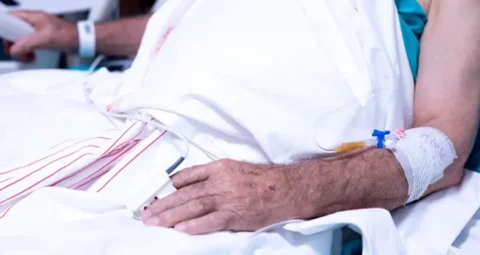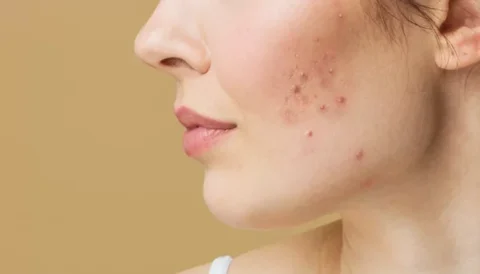Microneedling is one of the more common skin care procedures used for skin rejuvenation, but it’s only recently that it’s starting to be used with newer treatments like PRP injection. Since both treatments don’t really involve chemicals or drugs entering or being applied to the body, plenty of clinics have started looking at it as a more natural method of hair regrowth and regeneration.
But how effective is PRP microneedling? By combining the natural healing response of the body to the micro-incisions made with microneedling and the restorative power of platelet rich plasma, PRP microneedling can be an extremely effective hair loss treatment. However, cosmetic clinics need to keep in mind the different requirements needed to apply both products for the best results.
Why Combine PRP With Microneedling?
Short of a hair transplant, making a long-term treatment for hair loss can be difficult for most patients. Male pattern baldness and female pattern hair loss are common complaints reported by most patients as they get older – but while hair transplantation can provide an efficient way to manage these conditions, they’re often not accessible to most patients.
In contrast, microneedling – which can usually be done at home – and PRP injections can be an excellent alternative for more expensive hair surgery. Both of them act in different ways to trigger the body’s cell repair and regrowth response, which can be an excellent complement to each other.
As a platelet concentrate, PRP treatments work by triggering the body’s own cell repair response from the inside. While this response is usually reserved for instances of active injury or bodily trauma (like the ones encountered in sports), an enriched solution of platelets delivered straight to the treatment area can start this process. This makes the regeneration of cells – including hair cells – much more efficient, which can lead to increased hair growth.
Microneedling treatments use tiny needles to make micro-incisions in the skin, which also trigger the body’s physical wound-sealing response. The resulting skin growth is more resilient against wear and tear, has an improved appearance, and benefits from increased levels of collagen production. Unlike a PRP solution, there’s no need for the patient to report to a clinic to get their results – through in-clinic application is still advisable for a better outcome.
Combining these two treatments mean that the patient enjoys the benefits of both without having them interfere with each other, which is an issue that other treatment options like minoxidil have. Because both treatments don’t involve any foreign chemicals or drugs, there’s little risk for the body to reject the treatment.
What Clinics Should Remember About Using These Treatments
Aside from the standard operating procedure about keeping the environment sterile during the operation and using the appropriate tools and supplies, practices should remember that these treatments can vary in their requirements for successful results.
Microneedling treatments are relatively simple, and can even be done by the patient at home. As a purely physical treatment, dermatologists don’t need to give the patient much oversight during the treatment process. If these microneedling sessions are done in-clinic, there’s very little risk of any side effects occurring during or after the treatment.
However, PRP therapy requires specific equipment and experience to conduct properly. While a clinic may get the required platelet concentrate from laboratory-grade equipment, the most effective PRP serums need PRP-specific centrifuges to extract and process. Considering the experience required to draw blood, oversee the extraction process, and inject the PRP solution back to the patient, it’s a procedure that requires more oversight and aftercare.
But if a practice can successfully meet the demands of these two treatments, then they can provide PRP microneedling as an extremely effective solution for hair regrowth and scalp rejuvenation. Microneedling can even be extended to take care of other skin conditions like stretch marks and acne scars, further expanding the suite of services a clinic can provide.
Read more: What Is The Success Rate Of PRP Hair Treatment?
PEP Growth Factor Products: More Support For Additional Hair Growth
PEP Growth Factor products are another supplementary treatment that dermatologists can recommend to patients going through platelet rich plasma therapy and microneedling treatment. Using the body’s own wound healing response, PEP Factor products can provide extensive support to the hair regeneration process, with comparable results to other treatments like topical minoxidil.
By using a combination of fibroblast growth factor, copper peptides, and other essential compounds, PEP Growth Factor products may help improve thinning hair by increasing hair density and improving scalp health. Since none of its ingredients interfere with PRP hair therapy and it doesn’t require the patient’s blood to apply, it’s an excellent maintenance treatment that the patient can apply at home or in-clinic.
With consistent results, PEP Growth Factor products may promote new hair growth and help protect patients against future hair loss by making any new hair follicle more resilient against wear and tear. Combined with PRP treatment and microneedling, it can round off an effective hair restoration routine without too much cost or trouble on behalf of the patient.
The only thing to keep in mind when using PEP Growth Factor products is to make sure that the source of the PEP Growth Factor product is legitimate to avoid any adverse effects or complications from occurring. Since PEP Factor products are made of biocompatible components, they shouldn’t have any effect on the results of the PRP hair treatment or microneedling.
Supplies For PRP Therapy And Other Medical Equipment From FACE Medical Supply
-
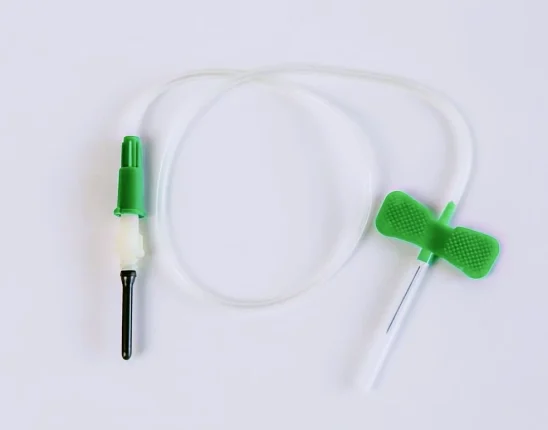 Butterfly Needle – 23G 3/4 in. x 12 in. with sliding safety shield- Box of 100
Butterfly Needle – 23G 3/4 in. x 12 in. with sliding safety shield- Box of 100 -
 Butterfly Needle – 25G 3/4 in. x 12 in. with sliding safety shield- Box of 100
Butterfly Needle – 25G 3/4 in. x 12 in. with sliding safety shield- Box of 100 -
 CM-7S PRP Plus
CM-7S PRP Plus -
 Butterfly Needle – 21G 3/4 in. x 12 in. with sliding safety shield- Box of 100
Butterfly Needle – 21G 3/4 in. x 12 in. with sliding safety shield- Box of 100 -
 Blood Draw Needle Holder (Vacutainer) – Bag of 100
Blood Draw Needle Holder (Vacutainer) – Bag of 100
Microneedling treatments synergize well with PRP hair restoration treatments, especially for cases like androgenetic alopecia, androgenic alopecia, and other methods of non-surgical hair restoration. However, clinics should keep in mind the possible effects of multiple treatments on the treatment area, especially if other procedures like a PRP facelift or other skin rejuvenation products are used.
FACE Med Store has extensive experience with the supplies a clinic needs for its day-to-day operations and specializes in providing these at competitive prices. Whether it’s the needles required for microneedling treatment or other supplies for hair regrowth, we have what practices need to keep running without worrying about their bottom line.
For more information about us and the products that we have, contact us today.
